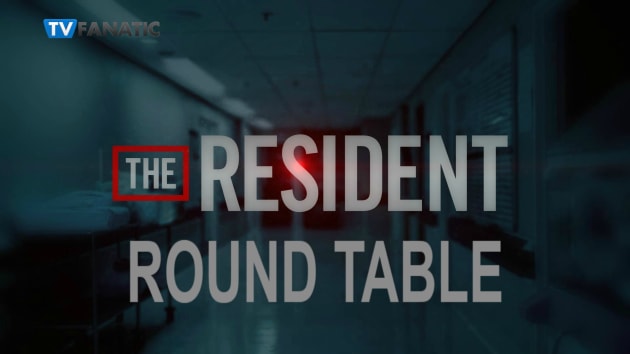If you tell a friend you saw a movie last night, and your friend knows perfectly well you never left your apartment, they’d have every right to call you a liar. You can’t see a movie at home, unless you have a weak grasp of grammar. You can only see a movie in, yes, a movie theater. That’s the point. In a theater, you’re at the mercy of the motion picture. It’s forced upon you, like some higher-dimensional object, almost out of time, there to be looked at, all at once, in its entirety (a motion picture). So again, if you stayed home, there’s no way you saw a movie. What you did, and this is completely different, was watch it.
That’s how most movies are experienced today. They are not, as they were for most of their history, seen. They are watched—on TVs, computers, tablets, phones. If you’re an average American, Gallup says, you saw (in theaters) exactly one movie in 2021, and it was probably the new Spider-Man. (I, being above average, saw it twice.) Even the phrase “see a movie,” on the rise throughout the 20th century, now appears to be on its way out, replaced by one that (surprise surprise) dates back only a few decades, to the VHS boom of the ’80s: “watch a movie.”
Nobody blames you for this development. Actually, that’s not true. Cinephiles do, with their belief in the sanctity of the cinematic cathedral, the enveloping darkness and picture quality and transporting sound. “It’s the only way to see a film,” they claim, emphasis on film—the same way a business exec might say first class is the only way to fly. Maybe so, but the underlying assumption—that seeing is somehow superior to watching, is the first-class experience—is not, for most of us, entirely self-evident.
Think about what it means to watch. Right away, it sounds like the more active, and therefore more worthwhile, activity. To watch is to concentrate on, to continuously attend to; to see, meanwhile, is merely to behold, almost passively. Sure enough, it’s hard work to focus on a movie at home. Everything seems to conspire against you: The rewind button beckons, the bathroom calls, the kitchen tempts. Your phone, meanwhile, offers texts, calls, TikTok, information. What other movie was that actress in again? Let’s Google her. Then let’s watch the trailer. Then let’s text a friend about it. Now Mom’s calling. And on and on, to say nothing of crying babies, barking dogs, screaming neighbors, and malfunctioning Alexas. By the time you finally remember you were watching a movie, it’s time for bed. You’ll finish it tomorrow.
To watch a movie at home, then, though it’s in theory to actively engage with it, is in practice to ignore it, or at best to experience it piecemeal, halfheartedly. If any of the streamers—Netflix, HBO Max, Hulu, whichever—were to release data on this, I’m certain it would be confirmed. I don’t know anyone who watched, say, Zack Snyder’s cut of Justice League without breaks. Or Drive My Car, this year’s Oscar winner for best foreign film. Took them days, if not weeks. If they finished at all.
Of course, those movies were both four hours long. An impossibility, you say—neither body nor brain can be expected to endure that. But would you say it’s equally impossible to watch four hours of television? Not a chance, because you watched four hours of TV last weekend. Or last night. That’s why simpleminded arguments like “our attention spans are shot” are so rarely, on their own, convincing. You simply attend to different things these days, like TV, or TikTok. (Worse things, some say, less unified, less artistic, but to an alien it looks like complete attention all the same.) In 2022, there’s something uniquely daunting about the prospect of committing to a movie, even for just 90 minutes. So you scroll and scroll and scroll, never quite ready to make a decision, aware, on some level, that you lack the strength to see it through.
Maybe this doesn’t bother you. Movies are a dying art form; TV is ascendant! I suspect, however, it does. The less you watch movies, the more you miss them. You miss the completeness of them, of a story fully told—something TV (or TikTok, neverending) almost never provides. A movie is designed, after all, to be watched all at once, its rhythms and pacing serving the arc of a single emotional journey.


























































